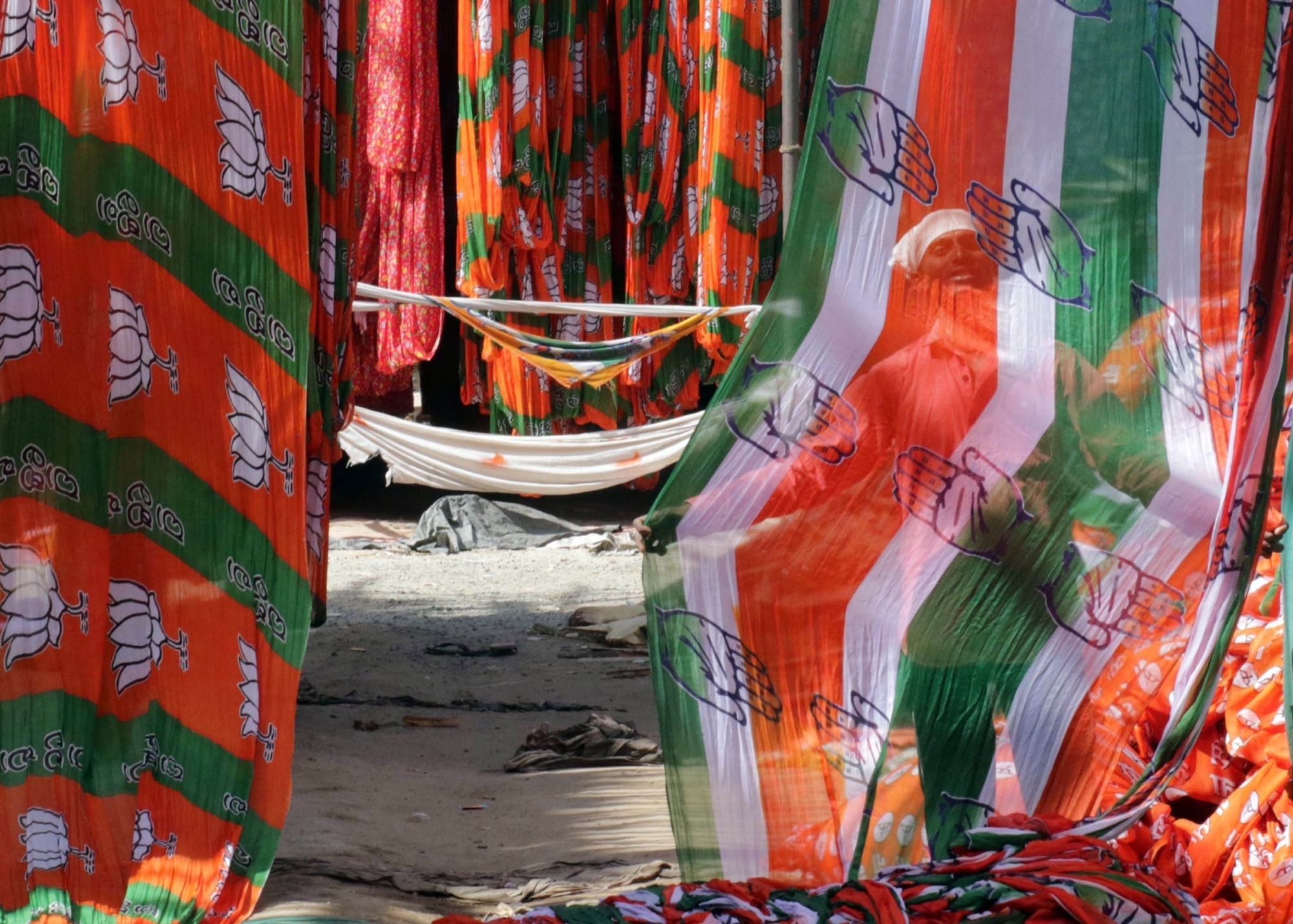New Delhi, Jan 10 (IANS) The elections in Uttarakhand will be a close contest with both BJP and Congress literally running neck and neck, as per the ABP-CVOTER Battle for the States survey. The 70-member Uttarakhand Assembly will go to the polls on February 14, while the votes will be counted on March 10. As per the survey, the BJP is projected to win 34 seats, one more than Congress' 33. The sample size for the survey was 7,304 across 70 Assembly seats in Uttarakhand. The most interesting aspect of the elections is who is the preferred chief ministerial candidate. Veteran leader and former CM Harish Rawat of the Congress with 37 per cent backing is miles ahead of incumbent Chief Minister Pushkar Singh Dhami, who gets the support of approximately 29 per cent of the voters. The numbers for Rawat have grown continuously since late 2021 from 30 per cent as his starting point. It is rare for an incumbent Chief Minister to trail so far behind an opposition leader, but given the rapid change of three CMs within a year by the BJP in the state, this is hardly surprising. In normal circumstances, this should have led to a comfortable victory projection for the Congress in Uttarakhand. But the poll tracker has consistently shown the fight to be an extremely close one with both parties literally running neck and neck. There can be no doubt that the BJP has gone through a big-time erosion in voter support in the state. In the 2017 elections, the party had secured 46.5 per cent vote share, which is projected to fall by 8 per cent this time around. It had won 57 seats in the 2017 elections. It is projected to go down by 23 seats this time. The erosion is acute in the Kumaon and Terai or the plains in the state. While they run neck and neck in Kumaon, Congress with 40.1 per cent vote share is far ahead of the BJP, which is projected to get 35.6 per cent. It is the Garhwal region that seems to be saving the BJP with 41.1 per cent vote share compared to 36.1 per cent for the Congress. There seem to be many contenders for the top post in the BJP with Anil Baluni, Bhagat Singh Koshyari, Major General B.C. Khanduri and Satpal Maharaj getting meddling to decent support from the voters. The frequent changes in chief ministership seem to have confused the voters. But if you add up their numbers, the grand total of BJP candidates as the CM choice is ahead of Harish Rawat. A few recent decisions by the BJP seem to have helped the saffron party. The first was picking up a grassroots worker like Dhami as the Chief Minister. The second was the revocation of the order and a Bill passed in the Assembly to take over control of 52 temples, including the important ones like Kedarnath and Badrinath. The last is the appeal of Prime Minister Narendra Modi whose campaign there is picking up momentum. Just some time back, Harish Rawat had created a storm by sending out cryptic social media messages on the eve of the New Year, hinting at intense in fighting within the Congress. Subsequently, he came to Delhi and met the party high command and went back pacified. But if infighting persists, the Congress might lose a state it has a decent chance of winning. Without the Aam Aadmi Party factor, it is possible that the Congress could have comfortably won Uttarakhand. The poll tracker clearly shows that the AAP is getting a large chunk of anti-BJP votes, apart from creating its own new base of voters like it seems to be doing in Goa. The AAP had zero vote share in 2017 since it did not formally contest the elections. But for the 2022 Assembly elections, it is projected to garner a vote share of 12.9 per cent. As is known, a vote share below the threshold of 15 per cent doesn't translate into many seats. So, the AAP is projected to win just 3 seats. The more important point is, in how many seats will it ensure a Congress loss. In the plains the Congress appears comfortably ahead, but could have been sweeping the elections if new entrant AAP was not eating up the anti-incumbent votes there. In many ways, the numbers suggest that if the Congress house was in order and Harish Rawat would have been given enough time to focus on Uttarakhand rather than pathing up things in Punjab, this could have been a different story now. While everyone has to wait for the 2021 Census results, there are indications that there has been a change in the demography of the plains since 2011. If true, this could play a big role.
Close fight projected in Uttarakhand; BJP, Congress neck and neck
- by Rinku
- January 10, 2022 2 minutes

BJP and Congress. (File Photo: IANS)











